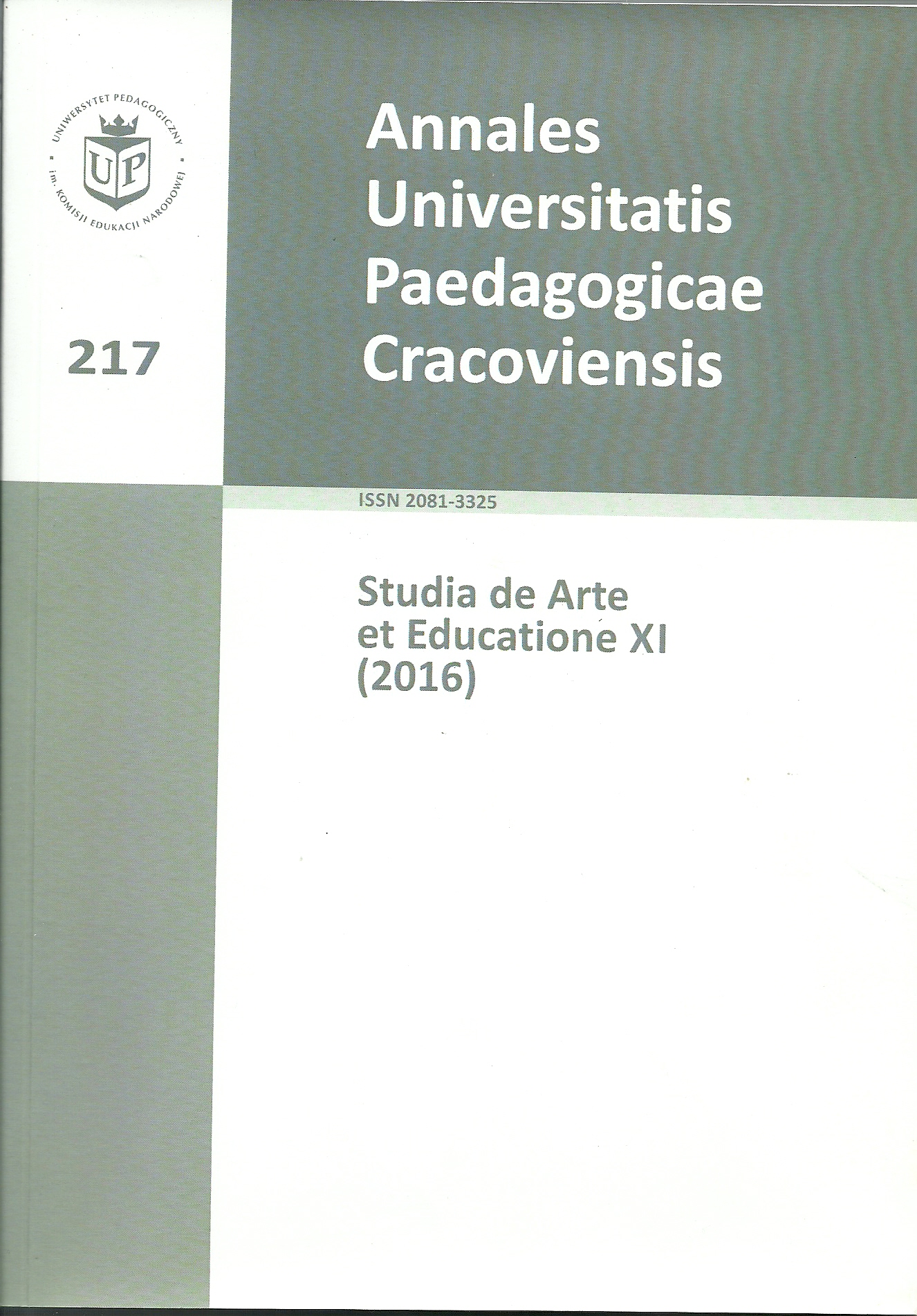O niejawnej poznawczości praktyk artystycznych – Casus Moneta
On the Secret Cognitivity of Artistic Practices – the Case of Monet
Author(s): Sebastian StankiewiczSubject(s): Cultural history, Visual Arts, Aesthetics, History of ideas
Published by: Wydawnictwo Uniwersytetu Komisji Edukacji Narodowej w Krakowie
Keywords: Neuroaesthetics; artistic research practice; visual vs. intellectual; visual brain; Claude Monet; bio-art; Semir Zeki; myth of seeing eye; functional neuroaesthetic definition of Art.; Rouen Cathedr
Summary/Abstract: The aim of the article is to present the hypothesis that artists frequently use intentionally, however unknowingly, the artistic research procedures in their artistic practices. The plausibility of that hypothesis is argued by reconsidering Semir Zeki’s theory of “artist as unconscious neurobiologist” – implied by questioning “the myth of seeing eye” and proposal of the function of visual brain, and the functional neuroaesthetic definition of art. After analysis of Monet’s problems of lumination and color constancy we arrive to some conclusions, embracing: actual subject-matter of Monet’s research, thesis of abandoning the contradiction visual/intellectual, reconsideration of vision as a problematic process of stating of hypotheses, and finally recognizing of the character of intentionality involved in Monet’s search.
Journal: Studia de Arte et Educatione
- Issue Year: 11/2016
- Issue No: 217
- Page Range: 72-83
- Page Count: 12
- Language: Polish

